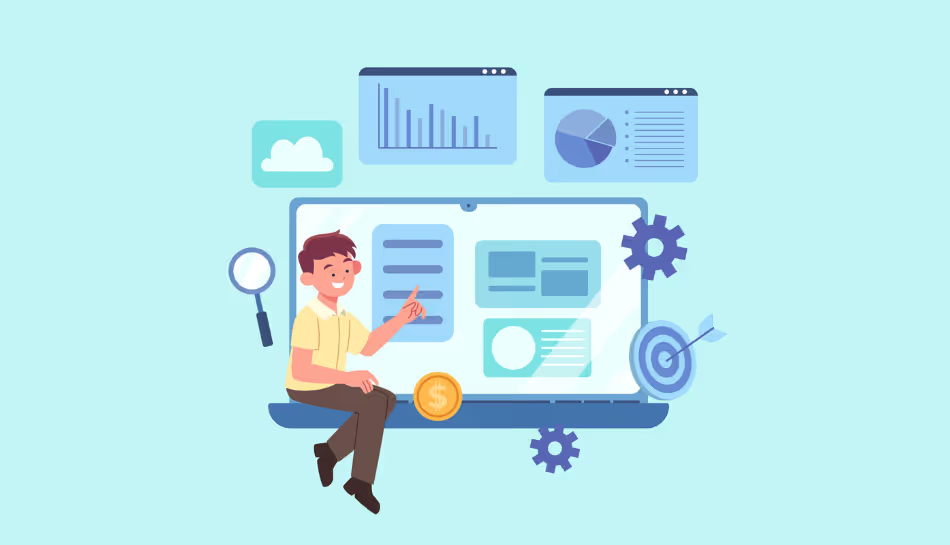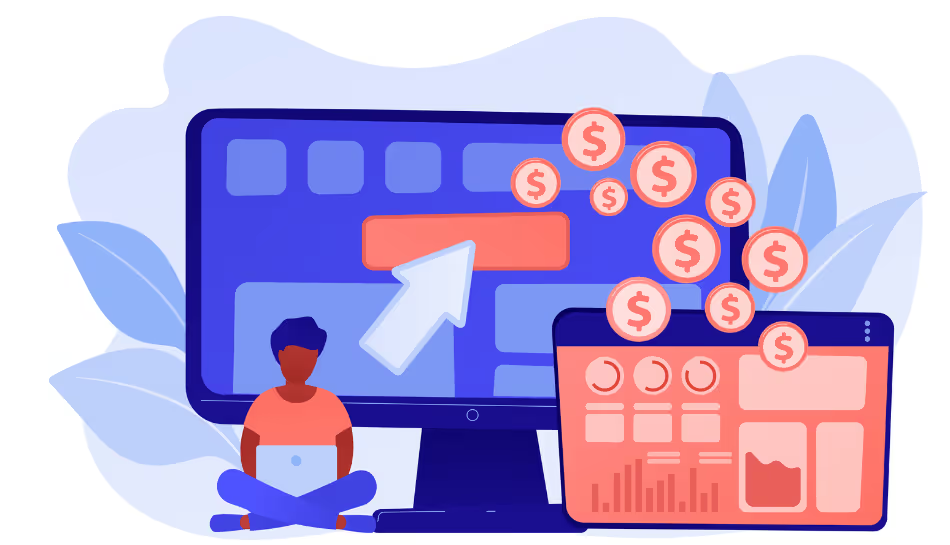The software development landscape continues to evolve rapidly, and so does the way software is tested. As organizations push for faster releases and higher quality, software testing is no longer a separate phase but an integral part of the development cycle. In 2026, both technology and business priorities are shaping new approaches to ensure stability, security, and performance. Let’s explore the top trends in software testing that are set to define the industry this year.
-
AI-Driven Testing Becomes the Norm
One of the most impactful trends in software testing is the growing adoption of artificial intelligence. AI is being used to generate test cases, identify bugs, and predict risk areas by analyzing code patterns and historical data. Machine learning models can also automate test maintenance, especially useful in UI testing where frequent changes break scripts.
This not only saves time but improves test coverage and reduces manual effort, making AI a foundational component in software testing future trends. -
Shift-Left and Shift-Right Testing Strategies
Shift-left testing, where testing starts earlier in the development lifecycle, continues to gain traction in 2026. Teams are integrating testing into the development environment to catch issues faster. On the flip side, shift-right testing, which focuses on real-time monitoring and testing in production, is also becoming common with the rise of observability tools.
These practices together support continuous feedback and better product quality, two major goals driving current software testing trends. -
Rise of Test Automation in Low-Code/No-Code Environments
As low-code and no-code platforms become more popular, there’s a need for test automation tools that can handle visual workflows and drag-and-drop interfaces. New frameworks now support automated testing of applications built on such platforms, aligning with new trends in software testing that focus on accessibility and rapid development.
In 2026, organizations are investing in automation tools that can work with minimal scripting knowledge, making test creation faster for business users and QA professionals alike. -
Security Testing Takes Center Stage
With increasing cyber threats, software testing industry trends are prioritizing security at every level of application development. Security testing is no longer optional, it’s built into the CI/CD pipeline. Static and dynamic application security testing (SAST and DAST), along with penetration testing, are becoming routine in regulated industries.
Expect more tools offering AI-powered vulnerability detection and automated compliance checks, reflecting a shift from reactive to proactive security. -
Testing in Cloud-Native and Distributed Systems
The surge in cloud-native applications and microservices has brought a new level of complexity to software testing. In 2026, tools designed specifically for testing microservices, containers, and serverless architectures are in high demand.
Simulating real-world conditions such as network latency, scalability, and failover testing in cloud environments is becoming standard practice. These recent trends in software testing address the need for reliability in distributed systems. -
Test Observability and Real-Time Feedback Loops
Another emerging trend is test observability, which gives teams visibility into the entire testing process across the stack. This helps in diagnosing failures, understanding test data flows, and improving debugging time. Paired with real-time feedback loops from production, observability is critical for ensuring smooth user experiences.
This is especially important in DevOps and Agile environments where speed and accuracy go hand in hand. -
Focus on Quality Engineering Over Quality Assurance
The traditional role of testers is shifting from simply assuring quality to engineering it from the ground up. Teams are moving toward a Quality Engineering approach, where quality is everyone's responsibility, developers, testers, and operations included. This cultural shift is among the top software testing future trends reshaping team dynamics and responsibilities in 2026.
Conclusion
From AI-powered automation to cloud-native testing, the software testing industry trends of 2026 reflect a future where speed, scalability, and security are more important than ever. Embracing these new trends in software testing will help businesses stay competitive and deliver high-quality software products in a demanding market.
Staying ahead of these trends in software testing is not just about adopting new tools, it’s about changing how teams think about quality and collaboration throughout the development lifecycle.


